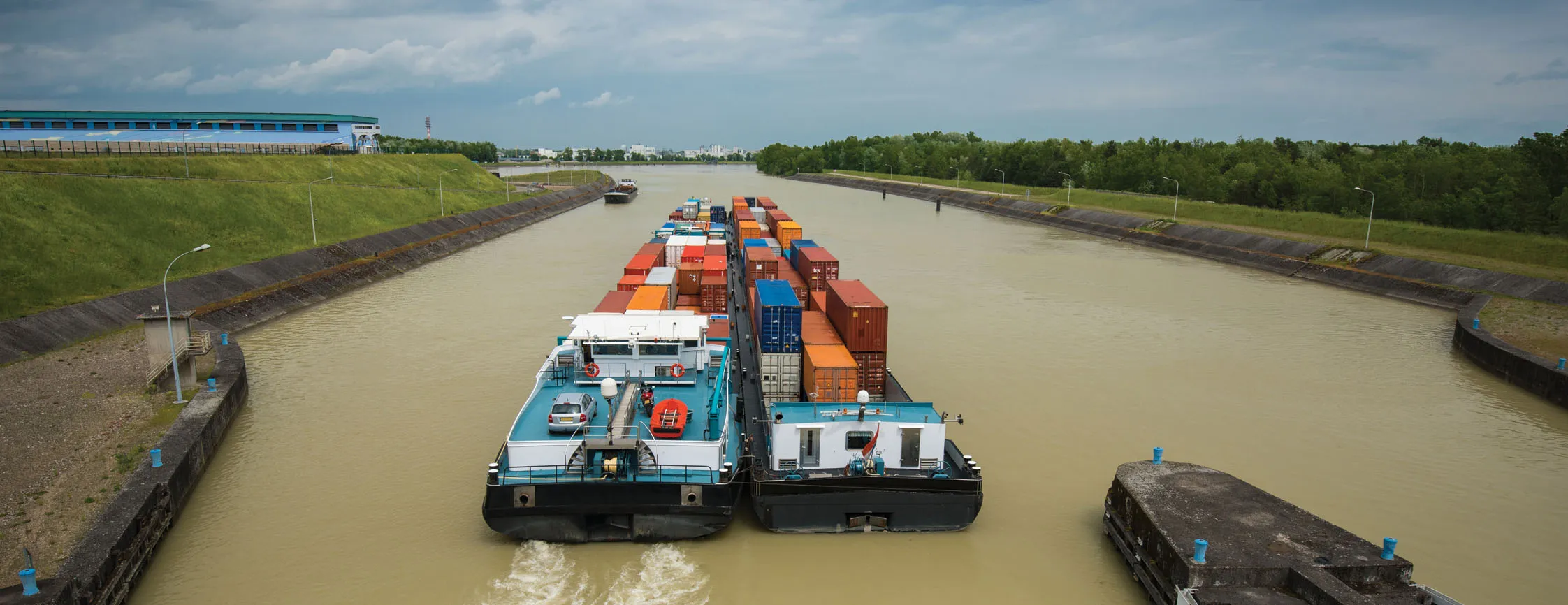Close

The Government of Guyana has taken concrete steps to improve access to education in Region 2 (Pomeroon–Supenaam) by deploying a fleet of new river taxis and school boats. This initiative addresses the longstanding transportation challenges faced by children in riverine communities, where traditional road infrastructure is absent or unreliable. Since 2020, dozens of these vessels have been put into service, offering safe, dependable daily transport to schools across the region (Ministry of Education, 2024).
This effort is part of a broader commitment to equitable development, ensuring that no child is denied an education simply because of geography. The Ministry of Education, in partnership with the Ministry of Public Works and local communities, worked to identify priority areas such as Kabakaburi, Martindale, and Akawini. The new boats are equipped and maintained to meet safety standards and are operated by trained personnel drawn from local communities, fostering both employment and ownership of the programme (Ministry of Education, November 2023).
Hundreds of children are now benefiting from these services, with schools reporting better attendance rates and greater punctuality. Teachers in remote riverine areas confirm that students are arriving on time and more regularly, contributing to a more consistent and effective learning environment. The Regional Democratic Council has also noted early evidence of reduced absenteeism, particularly during the rainy season when river travel can become hazardous without proper vessels (Ministry of Education, 2024).
Community involvement has been central to the programme’s success. Parents and local leaders have been engaged in managing schedules and overseeing operations to ensure that the service is both reliable and responsive to local needs. The government has described the project as a fulfillment of its promise to deliver equal educational opportunities to all regions (Ministry of Education press release, November 2023).
The school boat programme complements other initiatives, such as the $6.6 billion distribution of school uniforms and supplies, aimed at removing barriers to education for all children (Guyana Chronicle, March 2024). Together, these measures represent a comprehensive approach to strengthening the country’s education system, supporting the broader goals of sustainable and inclusive national development.
By turning rivers from obstacles into pathways of opportunity, this initiative delivers more than transportation. It is a lifeline to learning and a symbol of a nation’s determination to ensure that no child is left behind. This is what real progress looks like.

The Guyana Project is an independent media platform delivering fact-checked, ground-level reporting on politics, economy, and public life in Guyana. With a focus on transparency and development, we bring unfiltered news and thoughtful analysis to help shape a more informed, forward-looking nation.

Bridging the Gap: School Boats Enhance Education Access in Region 2

Lorem Ipsum is simply dummy text of the printing and typesetting industry. Lorem Ipsum has been the industry’s standard dummy text ever since the 1500s, when an unknown printer took a galley of type and scrambled it to make a type specimen book. It has survived not only five centuries, but also the leap into electronic typesetting, remaining essentially unchanged. It was popularised in the 1960s with the release of Letraset sheets containing Lorem Ipsum passages, and more recently with desktop publishing software like Aldus PageMaker including versions of Lorem Ipsum.
t is a long established fact that a reader will be distracted by the readable content of a page when looking at its layout. The point of using Lorem Ipsum is that it has a more-or-less normal distribution of letters, as opposed to using ‘Content here, content here’, making it look like readable English. Many desktop publishing packages and web page editors now use Lorem Ipsum as their default model text, and a search for ‘lorem ipsum’ will uncover many web sites still in their infancy. Various versions have evolved over the years, sometimes by accident, sometimes on purpose (injected humour and the like).
Contrary to popular belief, Lorem Ipsum is not simply random text. It has roots in a piece of classical Latin literature from 45 BC, making it over 2000 years old. Richard McClintock, a Latin professor at Hampden-Sydney College in Virginia, looked up one of the more obscure Latin words, consectetur, from a Lorem Ipsum passage, and going through the cites of the word in classical literature, discovered the undoubtable source. Lorem Ipsum comes from sections 1.10.32 and 1.10.33 of “de Finibus Bonorum et Malorum” (The Extremes of Good and Evil) by Cicero, written in 45 BC. This book is a treatise on the theory of ethics, very popular during the Renaissance. The first line of Lorem Ipsum, “Lorem ipsum dolor sit amet..”, comes from a line in section 1.10.32.